
Exercising your dog is a great way to bond with your dog, and also helps maintain their physical health. But in winter, knowing when it is safe to walk your dog.
As the temperatures across the UK begin to drop, and temperatures are predicted to reach as low as -8 across the UK, taking our furry friends for a walk can be treacherous. The UK has been given yellow warnings ahead of heavy rainfall forecast, with up to 80mm of rainfall predicted.

Please see the comment below for expert advice on walking dogs this time of year.
“Here Are Our Top Tips To Keep Man’s Best Friend Safe on Winter Walks
Check the temperature before walking
Depending on your dog’s breed, it may be too cold for your dog to go out for a walk. Before heading out, check the temperature and if you’re unsure, refer to the chart below which breaks down the risk level depending on your dog’s weight, along with other factors that could put your dog at risk.

Keep your dog on the lead if it’s snowing
Snow can cause poor visibility, and if your dog is off lead it could lead to your dog getting lost. If the snowfall is particularly heavy, there may be deep patches or holes and unsafe areas. Keep your dog on lead to prevent them from falling and potentially injuring themselves.
Ensure your dog is wearing a collar with an ID tag, and they are microchipped
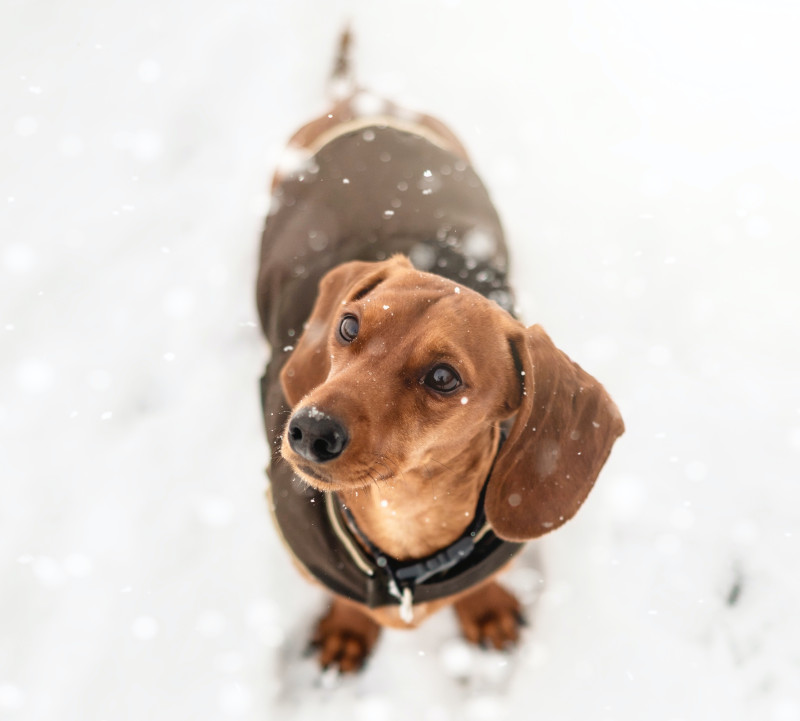
It’s important that the microchipping database is up to date with your address and current contact information.
Don’t allow your dog to walk on frozen ponds and lakes
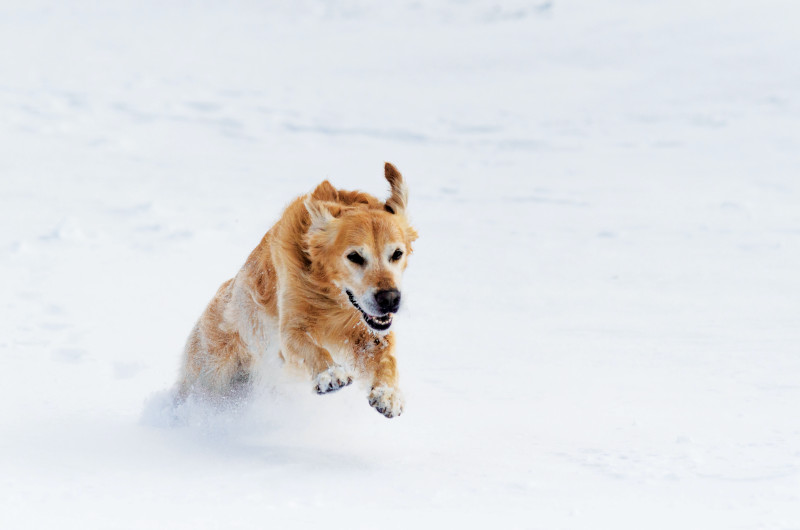
Ice can be deceiving and extremely dangerous. If your dog is on a frozen pond, it may not be strong enough to hold their weight and they could fall through. Should this be the case, encourage them to swim back to you and call emergency services as soon as possible.
Check your dogs collars and leads
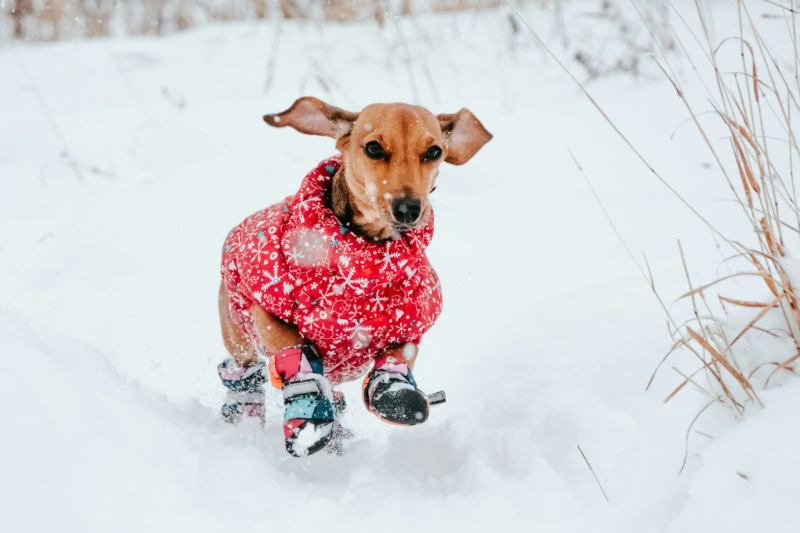
Damp conditions and wet weather can cause metal to rust, so be sure to check your dogs lead clips and harnesses.
Wipe their paws

Be sure to wipe your dog’s paws when you come in, to remove salt and grit. This prevents their paw pads getting sore and stops your dog ingesting salt and ice-melting chemicals.
Make sure your dog is visible
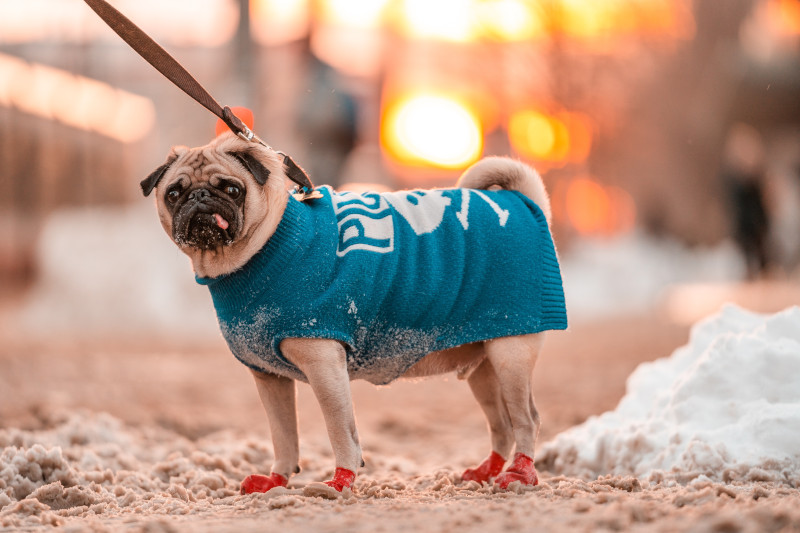
With less sunlight, consider purchasing a LED collar or lead for your dog to ensure that you and your dog are visible to drivers. Alternatively, walking earlier in the day means you will be more visible to oncoming vehicles and will likely be warmer.
How To Keep Your Dog Active In Colder Temperatures
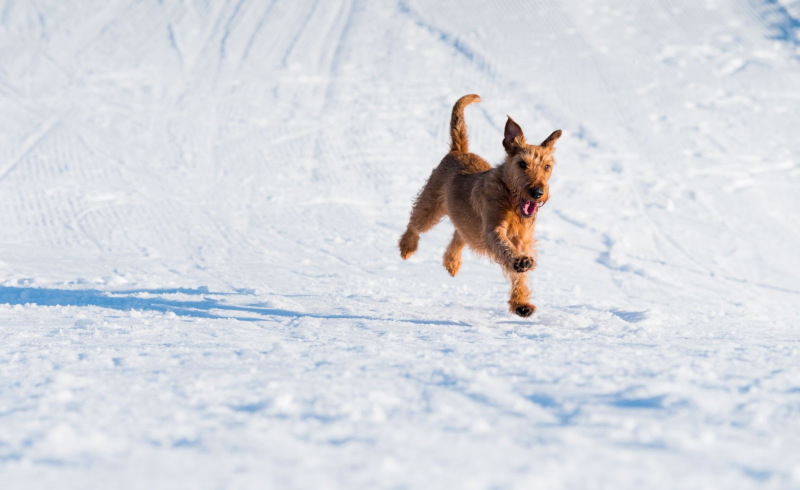
Keep your dog active indoors and outdoorsIn extremes of temperature and bad weather, you may find you’re spending more time inside. Provide your dog with enrichment games and long-lasting tasty treats that can keep them mentally stimulated.
Change your route

Walking different routes allows your dog to experience new smells and surroundings, and changing up your route provides an exciting change to your dog’s routine.
Teach your dogs new tricks

Even if your dog is trained and knows multiple tricks, being indoors in the cold weather is a great opportunity to teach your dog new tricks and skills. This means bonding time for yourself and your dog – and also is a mentally enriching and stimulating activity.”